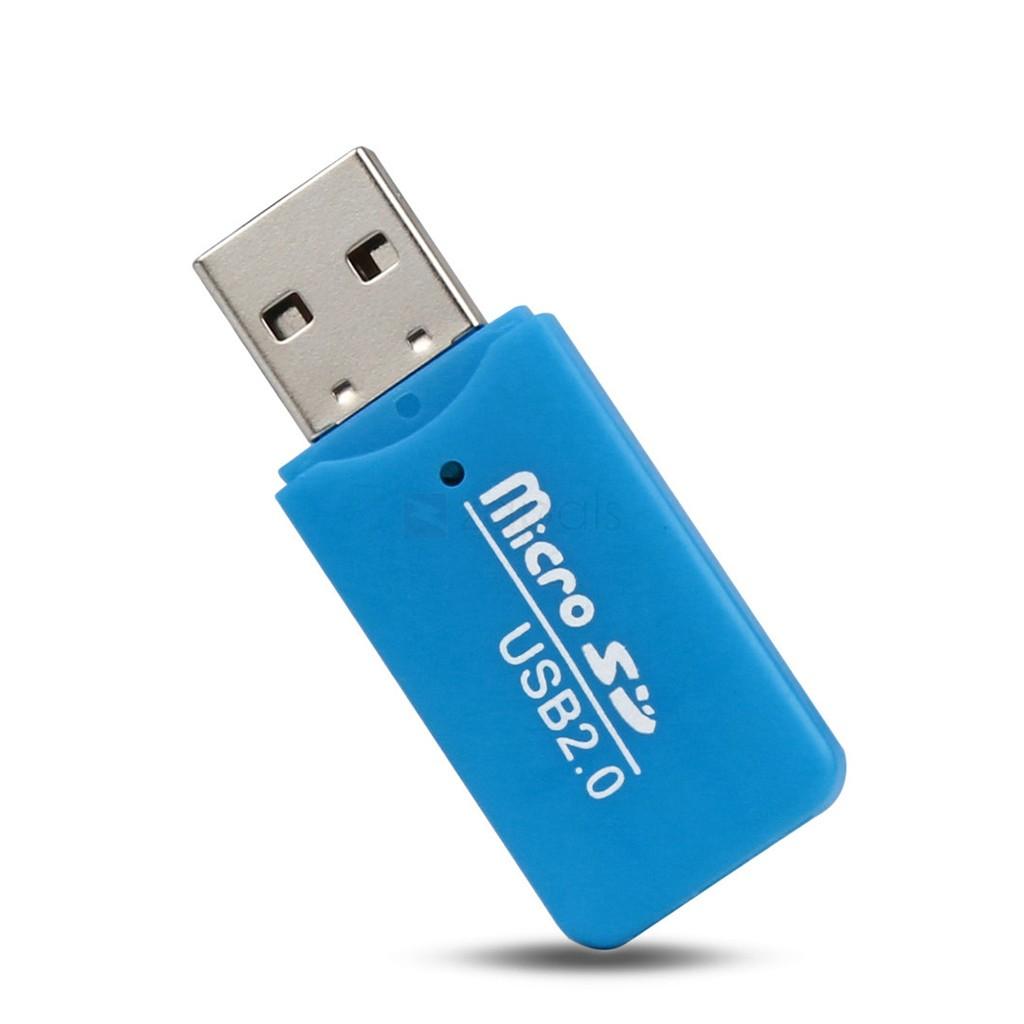CAC/PIV S/MIME email signing & encryption What you'll learn - How to use PKard for Mac to sign, encrypt and decrypt emails with Apple mail and smart cards (where server side restrictions do not prevent it). The process is similar for third party email clients. | Secure CAC/PIV web, email & VPN A short demo of how PKard® for Mac software meets the needs of US DoD, Federal Government and corporate Mac users for simple and straightforward two-factor authenticated CAC, PIV, PIV-I and CIV smart card access to secure web sites, web VPN and secure S/MIME Apple email signing and encryption. |
Web, email & VPN with CAC/PIV for Mac PKard ® for Mac replaces the native macOS PKI solution to provide users with a solid product with full, free, U.S. Based support. It is the same commercial code used by the Pentagon, all six DoD services, White House, NIH, and DOI across tens of thousands of Mac users since the mid-2000s. Shop TX Systems USB Smart Card (CAC) Reader at Your Navy Exchange. You Serve, You Save on the best brands and products in Card Readers. In order to know which USB card reader will serve you best, you're going to need to know a little bit about the hardware on your computer, as well as the purpose of your card reader–as in the kinds of cards you need to read.

Computer Memory Card Readers and Adapters
Best Buy Cac Reader For Mac
Memory cards, which are also called flash cards and memory cartridges, are a type of portable data storage. The storage is non-volatile, and that persistence and portability make it an ideal storage solution for smartphones, tablets, and many other portable gadgets. Readers and adapters are what make these memory sticks usable across Windows PCs, laptops, Android devices, and more.
What is a memory card reader?

A card reader is a device that accepts compact flash media for reading and writing. Broadly, there are two kinds of readers: internal and external. Examples of internal card readers include the micro SD slot on a tablet, a memory card slot on a camera, or an SD card slot on a laptop. External readers may be standalone or part of a hub and often connect to the computer or other device via USB.
What is a memory card adapter?
An adapter is often like a cross between an external and internal memory card reader. A card reader that connects to a computer via a USB port is an external solution. A reader that accepts micro SD cards by attaching to an internal SD card reader is an adapter. Both are interfacing, but the difference is that the second solution is acting as pass-through to an internal mechanism.
Do I need a different reader for each card type?
It depends. Some slots have a versatile connector that can, for instance, accept either SD or micro SD. Others accept only one card type or some but not others. Hubs are often quite versatile and convenient because they can feature multiple memory card readers, USB ports, and other connections in a form compact enough to be portable.
What card reader types are available?
Many memory stick standards have been developed over the years, and certainly, many more will be introduced in the years to come as the technology and standards advance. Some of the formats that have been prevalent over the years include:
- SD: SDSC stands for Secure Digital Standard Capacity. These cards feature a write-protect notch and are 2.1 millimeters thick.
- SDHC: The Secure Digital High Capacity format built on SD by supporting capacities up to 32 GB.
- SDXC: The Secure Digital eXtended Capacity format expands the base SD card format even more by supporting capacities up to 2 TB.
- Micro SD: This is a form factor extension to SD that allows for smaller physical cards. SDHC and SDXC are supported as well.
What USB connections are available for reader hubs?
Best Buy Cac Reader
- USB 2.0: This USB connection has an effective throughput of 35 MB/s.
- USB 3.0: This SuperSpeed implementation has an effective throughput of 3.2 Gbit/s.
- USB-C: This USB version has a reversible plug for easier use.
- Micro USB: This smaller physical connection is common on portable devices.
- USB OTG: On-the-Go connections can serve as host for other USB devices.